According to an official confirmation from the White House on June 27, the two sides have reached agreement on a number of points to implement the negotiation contents from the previous round of negotiations in Geneva, Switzerland, including a commitment to significantly reduce tariffs on imported goods. Just a day before this announcement, US President Donald Trump also announced the signing of a trade agreement between the two countries, about two weeks after he announced a consensus to temporarily suspend bilateral trade disputes.
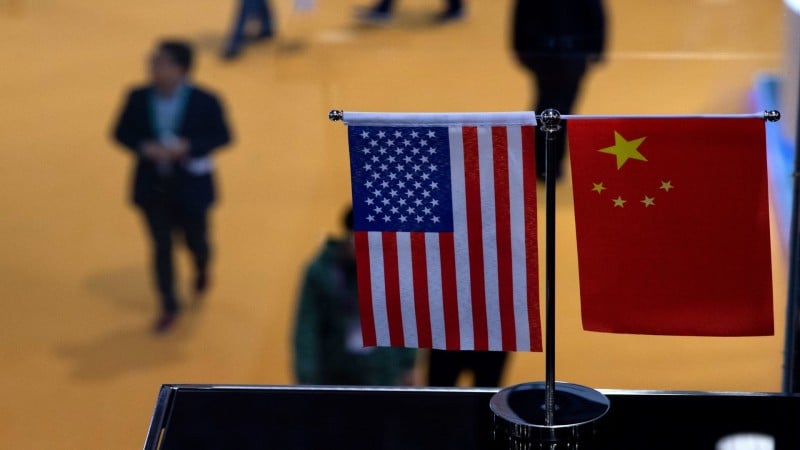
In response to Washington’s move, Beijing confirmed that it would review applications for controlled exports. In return, the US pledged to lift a series of restrictions on goods originating from China. China also expressed its desire to continue to strengthen cooperation with the US in the near future.
Asked by the media about the possibility of providing more details regarding the framework for the Geneva talks that the two sides have agreed on, Chinese Foreign Ministry spokesman Guo Jiakun stressed: "We hope that the US side will work with China to implement the important consensus reached during the phone call between the two heads of state." He added: "We should make full use of the China-US economic and trade consultation mechanism, enhance mutual understanding through dialogue, reduce misunderstandings, strengthen cooperation and promote the stable, healthy and sustainable development of bilateral relations."
Still, the latest deal, while seen as a sign of optimism after months of uncertainty and trade disruption, is seen as just a preliminary step in a long and complicated journey toward a more comprehensive and stable trade agreement between the two countries. Even the officials involved acknowledge its limitations.
US Commerce Secretary Wilbur Ross, when commenting on the agreement, frankly pointed out that this is not a comprehensive agreement that can solve the most difficult problems, especially the smuggling of fentanyl from China to the US and the market access barriers that US exporters still face in China.
Core issues such as China’s subsidy model for state-owned enterprises, which the US sees as distorting competition, have also not been adequately addressed. Along with initial concessions in the area of general trade, tensions in the area of strategic technology between the two countries remain evident.
China has maintained strict controls on exports of rare earths, which are vital raw materials for its high-tech and defense industries, in particular to prevent them from being used for military purposes, sources said. The US, for its part, continues to impose strict export controls that restrict the transfer of sensitive technologies such as semiconductor design software and advanced electronic components to China, highlighting the dark side of bilateral relations beyond the framework of the recently reached trade agreement.
While the US-China deal remains the focus of international attention, with hopes that it could serve as a foundation for restoring more stable trade relations in the near future, a recent statement from China’s Ministry of Commerce has sounded a clear warning bell.
Posted on the agency's official website on June 28, the statement affirmed that China is willing to support the efforts of countries to negotiate on equal terms to resolve trade disputes with the United States.
However, a spokesperson for the Chinese Ministry of Commerce firmly stressed: "China firmly opposes any party reaching an agreement by sacrificing China's interests in exchange for so-called tariff reductions from the US. If this situation occurs, China absolutely will not accept it and will resolutely adopt countermeasures to protect its legitimate interests."
The statement was made as the deadline (July 9) for the US to impose "reciprocal tariffs" on goods from many countries is approaching. The spokesperson also did not hesitate to criticize this tax policy, calling it an act of "unilateral bullying" that risks seriously affecting the multilateral trading system and undermining the global trade order.
Pressure from the July 9 deadline is forcing the Washington administration to urgently speed up negotiations with dozens of trade partners around the world. Although US Commerce Secretary Wilbur Ross announced on June 26 that President Donald Trump plans to complete a series of trade agreements with more than 10 partners within the next 2 weeks, the risk of new trade tensions between the US and these countries is always present, because fundamental disagreements have not been completely resolved.
The uncertainty of US trade policy under President Donald Trump was clearly illustrated when, just one day before announcing the deal with China (June 27), he abruptly announced the immediate termination of all trade negotiations with Canada, citing Canada’s continued commitment to its original plan to impose a digital services tax on US technology companies.
He also threatened to announce new tariffs on Canadian goods within the next week, a stark reminder that any deal, even with China, can fall apart unexpectedly due to unilateral decisions.
Looking ahead, the road to a final, comprehensive and lasting trade deal between the world’s two largest economies remains long and fraught with obstacles. Sources familiar with the negotiations from both sides acknowledge that it will take months, perhaps longer, to resolve outstanding issues and build a framework for long-term cooperation.
The conflict between the US and China today is not simply about trade deficits or tariffs, but has evolved into a deeper strategic confrontation that encompasses technology, national security, and the struggle for global geopolitical influence. Fundamental differences in political-economic models and strategic visions make it extremely difficult to reach a lasting consensus.
In addition, domestic political factors in both countries also play a role. Pressure from hard-line factions in Washington and Beijing is ever-present, while the looming US presidential election adds to the unpredictability, threatening to undo any progress that has been made.
So while the recent framework agreement between Washington and Beijing is to be welcomed as a much-needed positive sign, optimism must be tempered with a deep sense of caution. It is too early to say whether there will be a peaceful and lasting resolution to the long-running trade conflict. The agreement, with its incomplete details and lack of a strong enforcement mechanism, is a fragile promise in the middle of a storm. The international community and economies heavily dependent on global supply chains should brace themselves for a more protracted and multifaceted trade war.
In that battle, the US-China front is perhaps just the most visible tip of a much larger iceberg: a systemic economic-technological conflict that is quietly reshaping the rules and global economic order for decades to come. The possibility that this preliminary agreement could fall apart at any moment, as the Canadian episode illustrates, underscores the need to maintain a sober and realistic view of what lies ahead in the complex relationship between the two superpowers.
Source: https://baolangson.vn/tin-hieu-lac-quan-mong-manh-trong-bao-thuong-chien-5051729.html


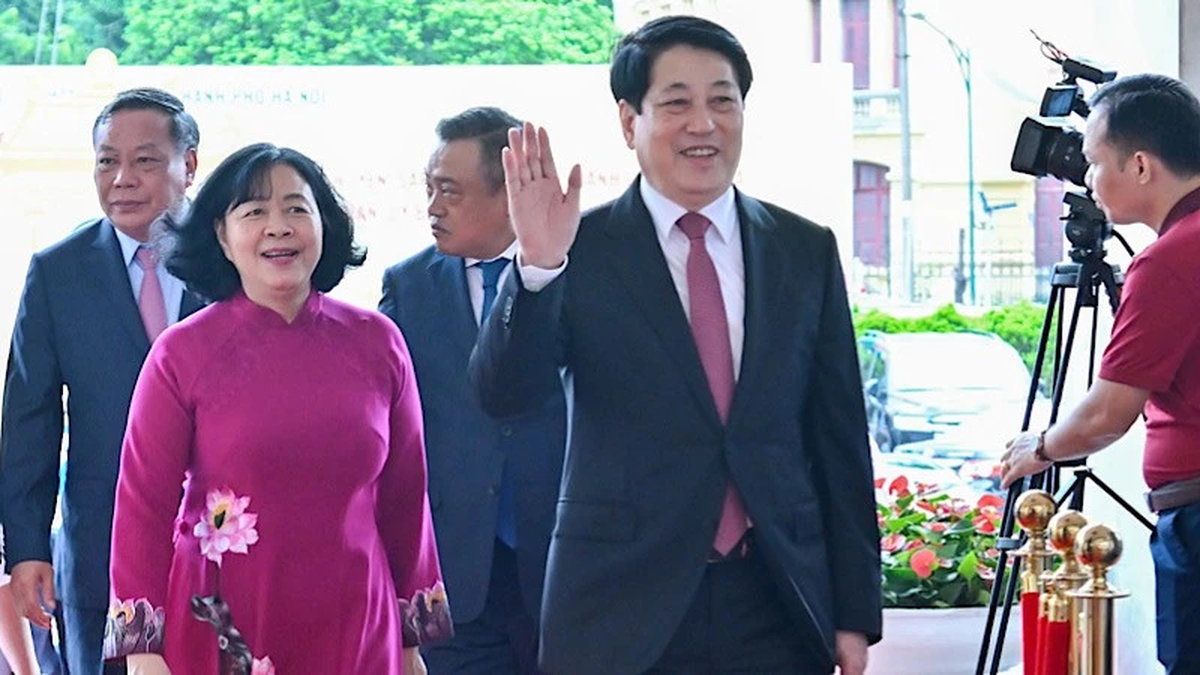


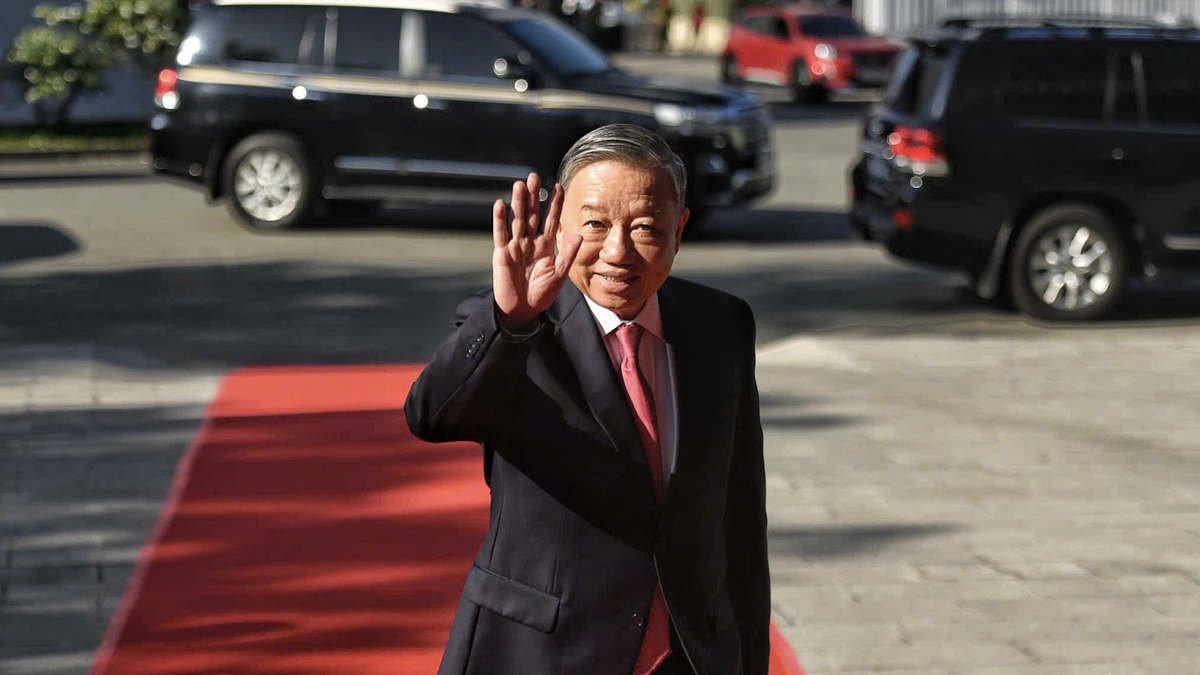


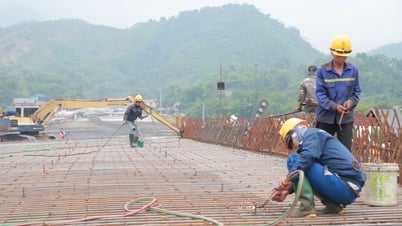



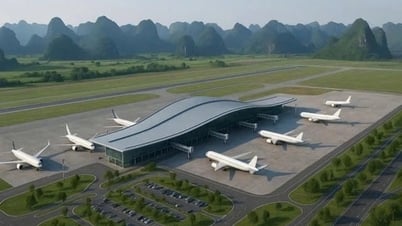


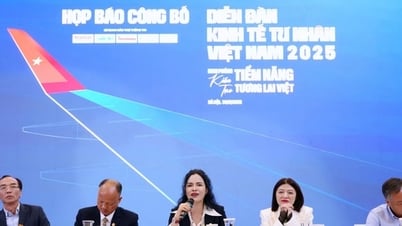
























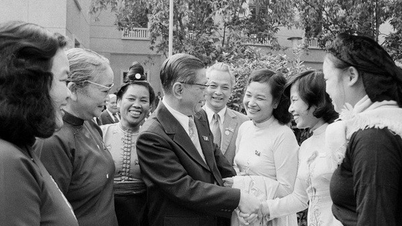













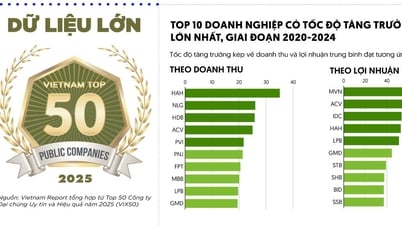





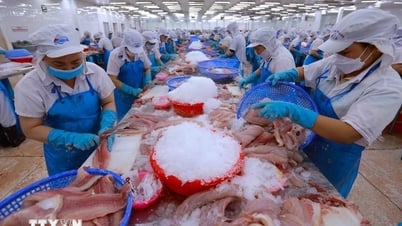







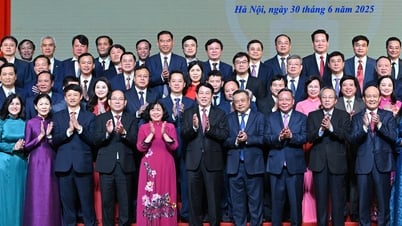


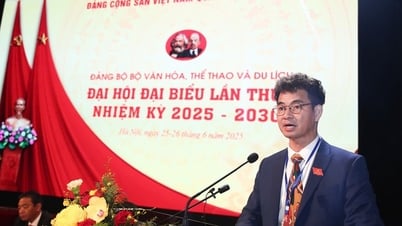





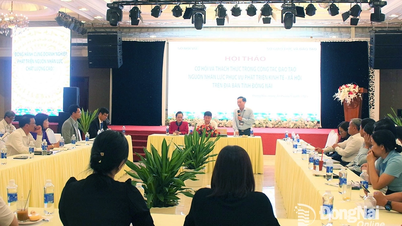


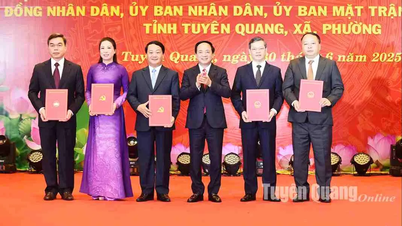













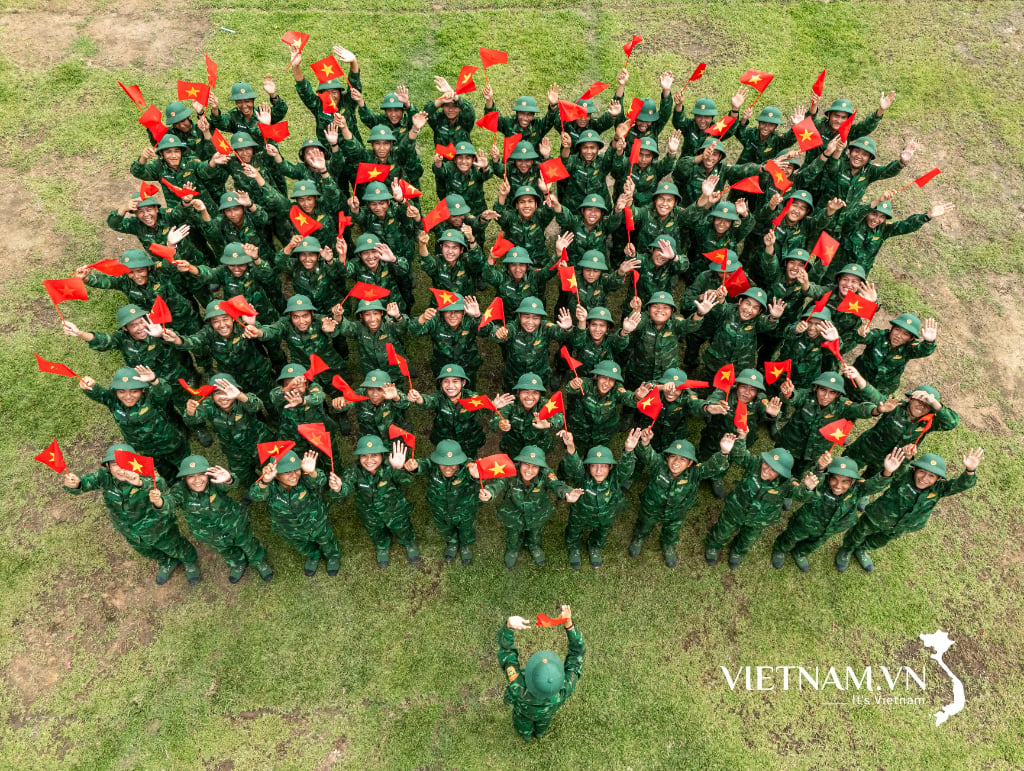



Comment (0)